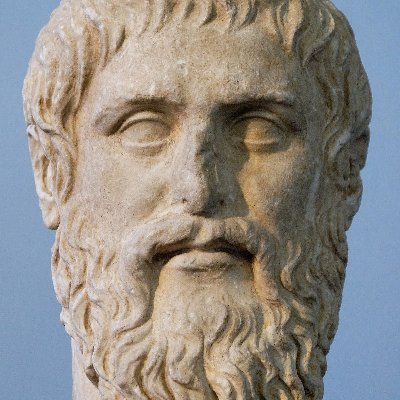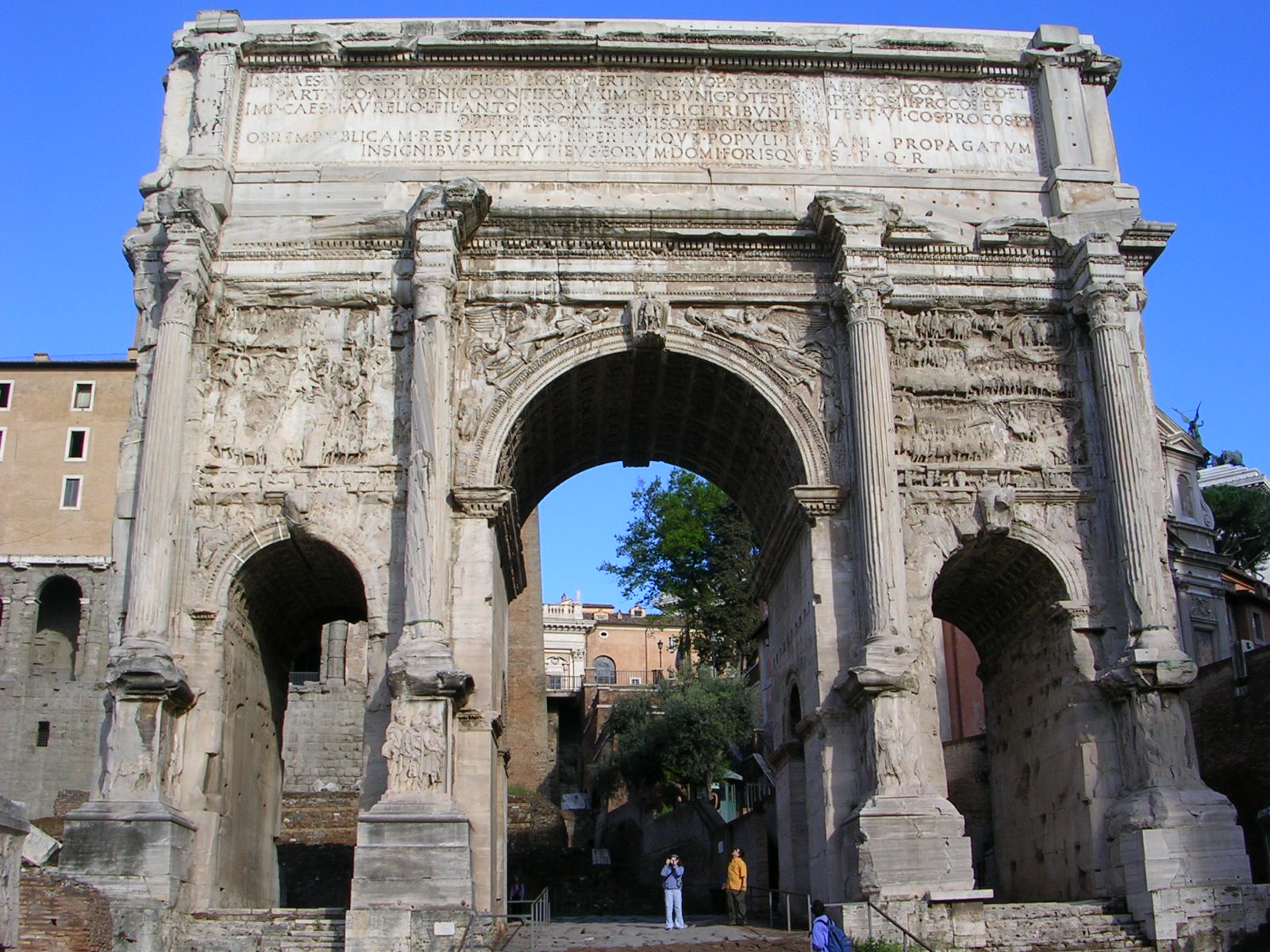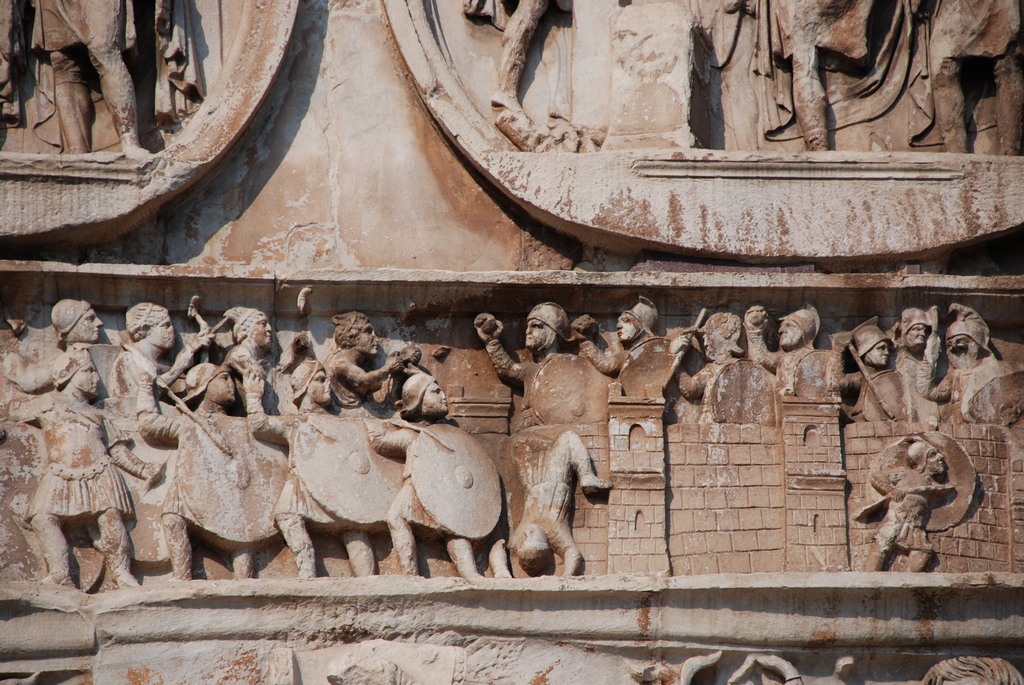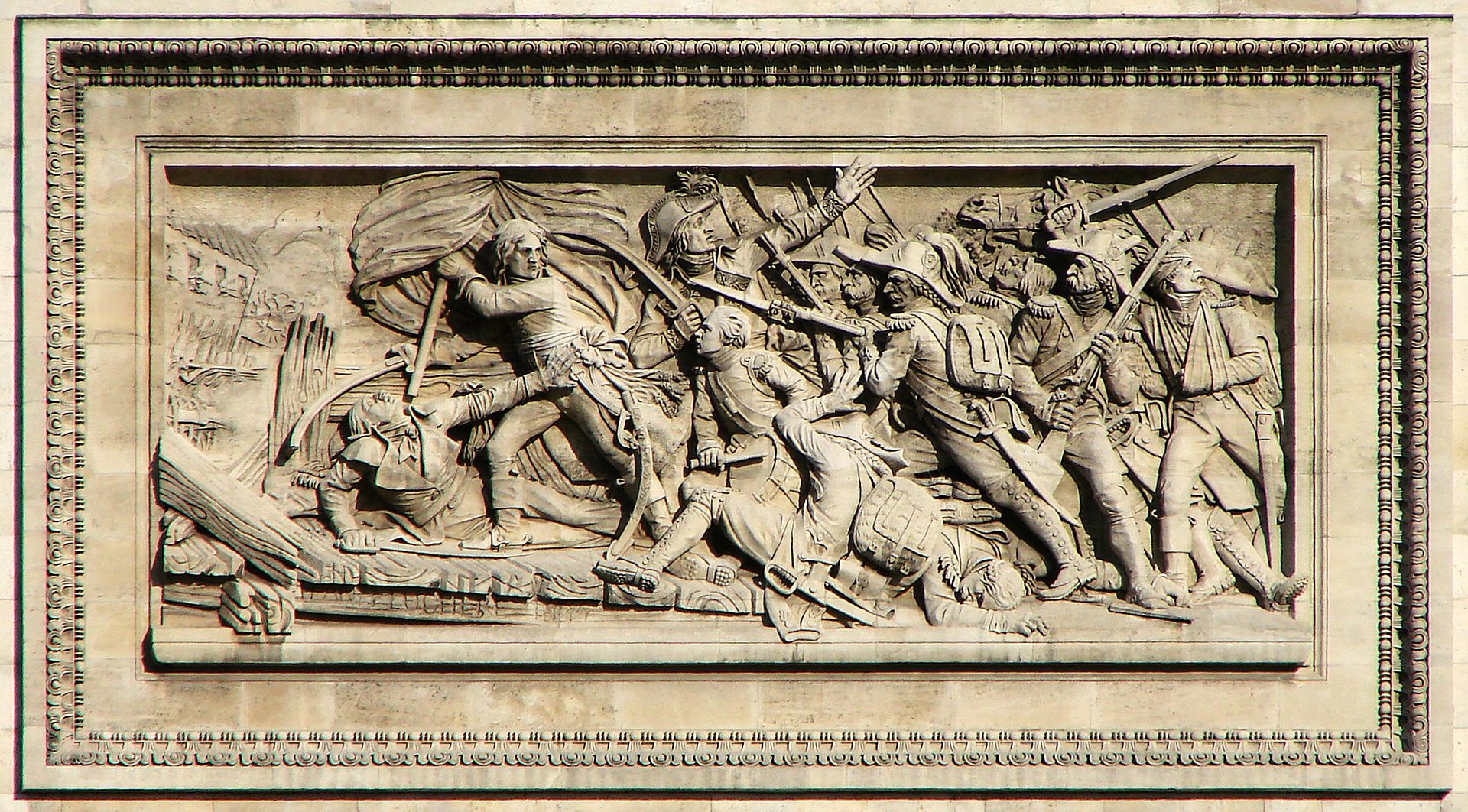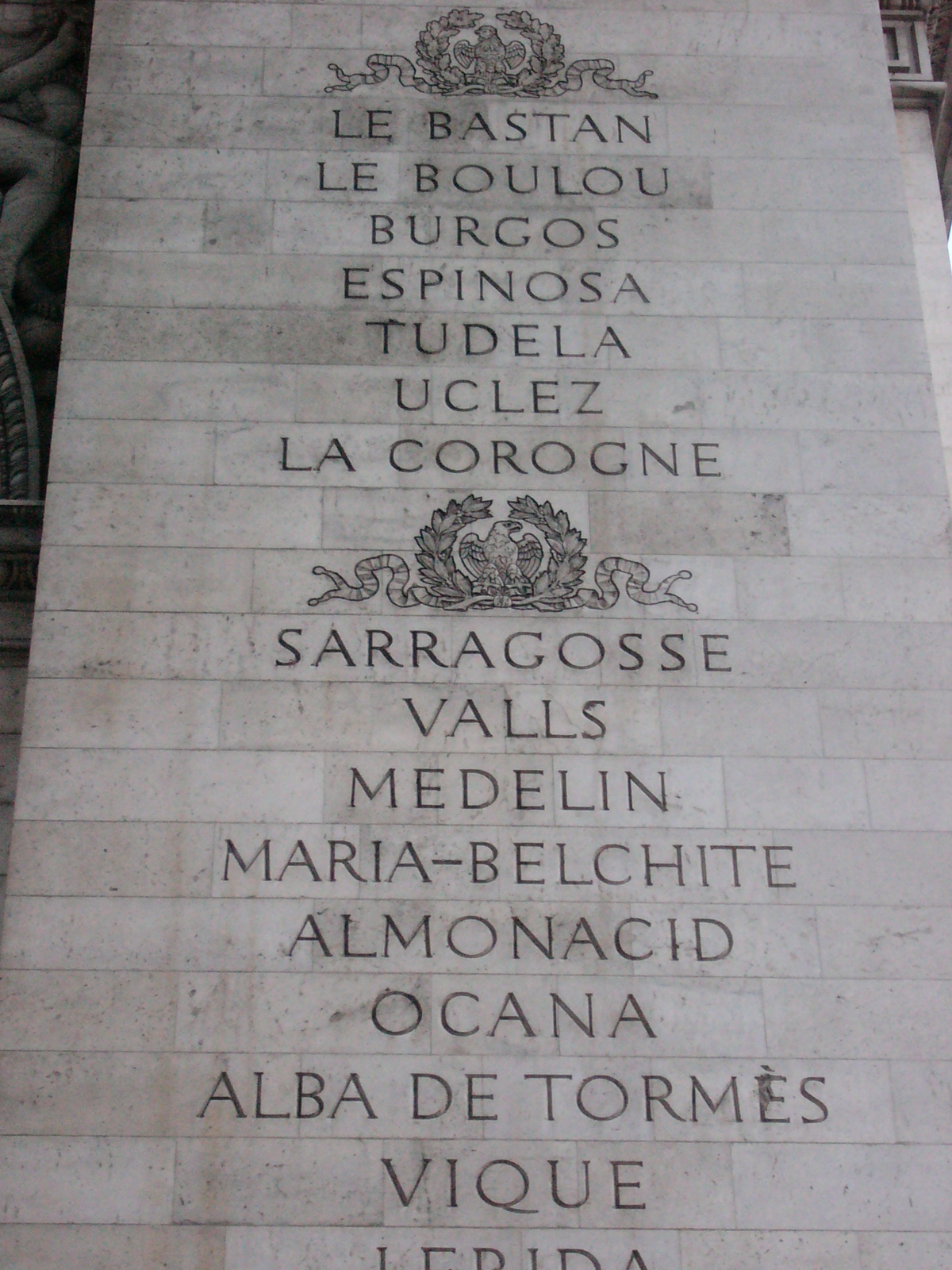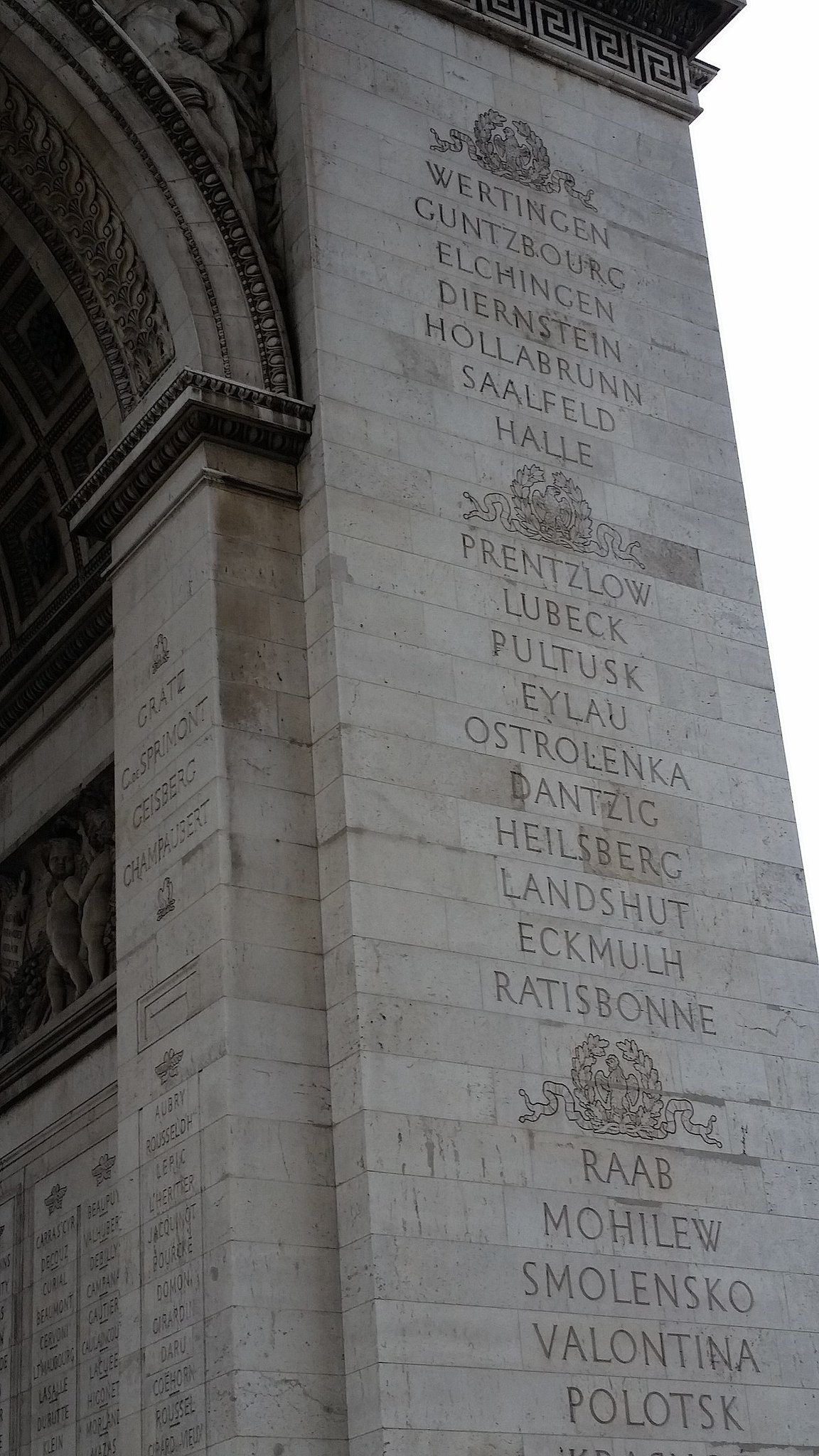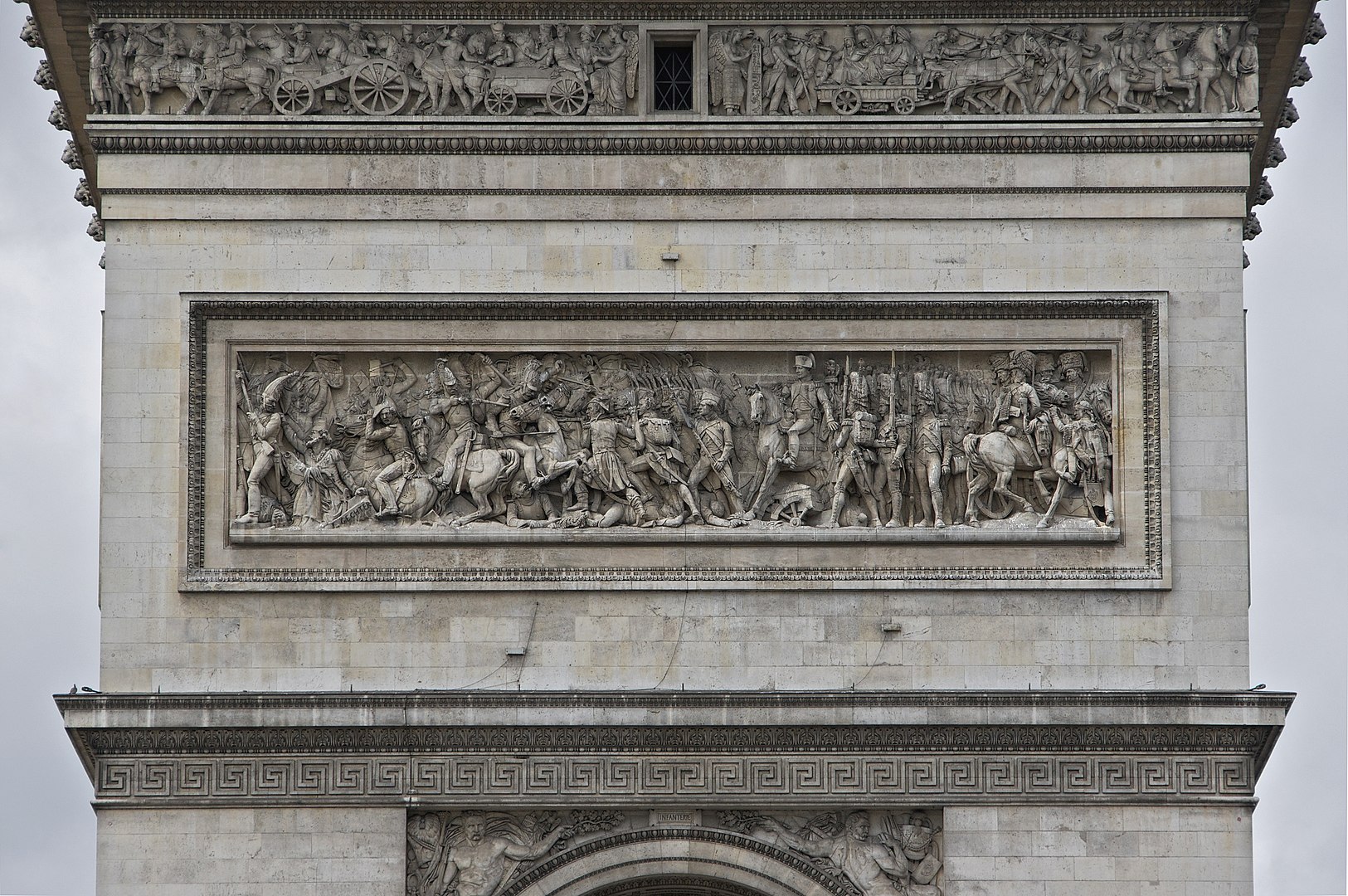The Arc de Triomphe in Paris is one of the world's most recognisable landmarks. But... what actually is it?
Here's one clue: it has a statue of Napoleon as a Roman emperor being crowned by the goddess of victory.
And it was Napoleon who had the Arc de Triomphe built...

